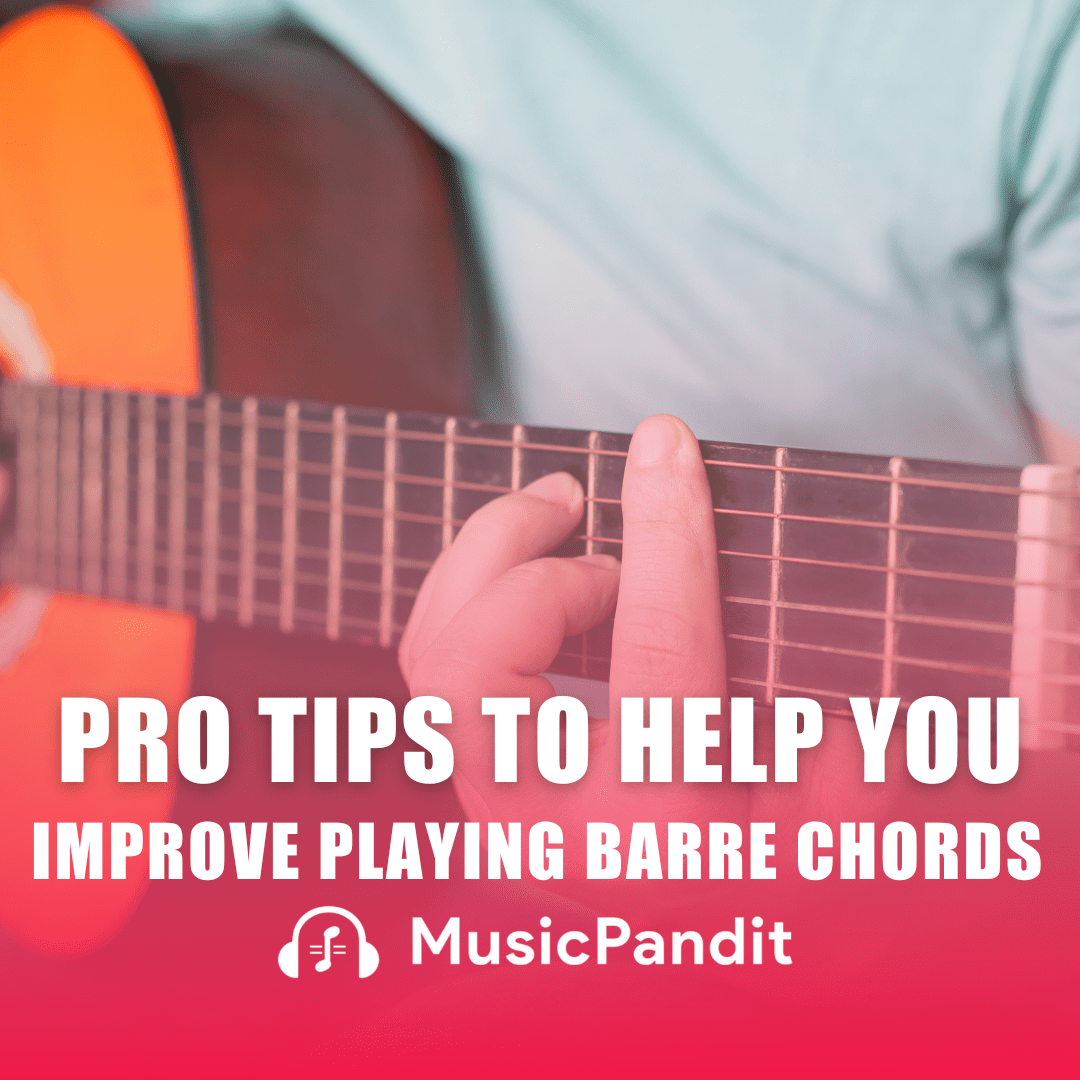There are several factors that can make learning the ukulele a bit of a challenge especially if the learner is a beginner. Playing the ukulele is tons of fun but when you start taking lessons there are special challenges that arise which you have to overcome. The good news is, with patience and perseverance, you can easily learn to play this beautiful instrument and have fun doing it. Besides, you just have to note that just like with any new skill, there is a bit of a learning curve.
Having said that, in this blog we will take a look at some of the most common problems that ukulele beginners face when learning and playing the instrument. Alternatively, we will give you some tips on how to troubleshoot common issues that often plague new learners.
So, from tuning problems to sore fingers, we’ll address all the challenges and offer practical solutions to ensure your ukulele learning experience remains enjoyable and frustration-free.
Being Comfortable with the Instrument
Before you strum a single chord, you have to make sure you are holding the ukulele correctly. This is one of the most important fundamentals to get right at the beginning stage. If you hold it in an uncomfortable position it will hinder your learning and playing experience. More importantly, if you have poor posture it can add unnecessary strain on your hands, shoulders and other parts of your body. It would be no fun to feel strain in your muscles or joints right?
Related Article: 5 Easy Ukulele Warm-Up Exercises For Your Child
You have to work out how you will hold your ukulele in the best manner. It can be sitting or standing and this is up to you. The rule is simple here, if you are not comfortable with it, it is going to work against your development as a ukulele player. Some ukulele players also prefer to play using a strap that hangs around their neck. Try to figure out what works best for you.
Tuning Woes – The Challenge of Keeping the Ukulele in Tune
As teachers, we have noticed that the most common issue that beginners face is the ukulele (usually the cheaper ones) going out of tune frequently. This can be due to several reasons such as temperature changes, string age, etc. Now, this can be discouraging especially when you want to play your favourite melody on your instrument.
In any case, this has a more or less straightforward solution. To overcome this issue, invest in a good quality tuner and familiarise yourself with proper tuning techniques. Generally, the ukulele strings are tuned in G, C, E, and A notes from lowest to highest. Always change strings frequently and store in a case with minimal temperature changes in your surroundings. You can also use several apps that can assist you in achieving and maintaining the correct tuning.
As you have decided to own this instrument which is a tool to make music you need to understand what parts of it are designed to be adjusted. You should learn from the start how to change strings.
Buzzing Strings
There are times when the string might start to buzz and this can be frustrating, especially when it disrupts your melodies. This is a common issue though and there are ways to minimise it.
The first thing to check is your finger placement. Ensure your fingers are placed correctly on the frets, and press down firmly enough to produce clear notes. Experiment with finger positioning until you find the sweet spot that eliminates buzzing.
Finger Fatigue – Sore Fingers
As a novice ukulele player, you may find that your fingertips become sore after practice. This discomfort can deter you from practising regularly. All it takes is gradual conditioning.
The key to overcoming sore fingers is gradual conditioning. You can start by playing for short periods and gradually increase the duration as your fingertips toughen up. You can also try using lighter gauge strings initially.
Also, remember to keep the nails short and neat on the fretting hand to allow clean fretting on the strings. In some cases we have also seen that there is strain on the hands which comes from a natural tendency when learning to grip the neck of the ukulele. You don’t have to hold it like your life depends on it. All you need is just enough pressure on the strings to engage them cleanly to the frets. A lighter touch is not only easier on finger strain, but you will also be able to change chords and notes faster.
Smooth Chord Changes
The next challenge that most beginners face is performing smooth chord transitions. Ukulele beginners often struggle with switching between chords quickly and cleanly, which can affect the overall sound of their playing.
The only way to get better at this is to practise and have patience doing it. Improving chord transitions requires consistent practice. Start with basic chord progressions and gradually incorporate more complex changes into your practice routine. Patience is the key here; it takes time to build muscle memory and dexterity.
Struggling with Strumming Patterns
Next is getting the hang of strumming which at the early stage can be quite tricky. Beginners often find themselves tripping up on rhythm and strumming patterns. Here again, you have to dedicate time and focus your efforts on learning basic rhythm patterns and timing.
You can use a metronome to develop a steady strumming tempo. Start with simple down-up strumming patterns and gradually work your way up to more complex rhythms.
Reading and Understanding Song Sheets
We know, you have just bought your first ukulele and can’t resist the urge to print off a song sheet for your favourite song. Well, the fact is that your favourite song may have many chords including complex ones which is not going to help you. Rather it might discourage you.
When you start, try to keep it simple. We suggest you try out songs with only two or three chords. In fact, you can try nursery rhymes, which we all are so familiar with. As you learn these songs you will get a good grip of the ukulele basic chord forms, strumming patterns and more. All these actions will help build muscle memory which will help you play with ease in the long run.
On the other hand, as you begin your formal ukulele lessons or learn ukulele online you will have to learn to interpret song sheets, chord charts, and tabs. This can sometimes be overwhelming for beginners.
You will need to invest time in learning the basics of music theory. Understand chord symbols, strumming notations, and how to read tabs. This will significantly ease the process of interpreting song sheets.
Ukulele Maintenance: Caring for Your Ukulele
We just want to say if you want your instrument to play without any hiccups it is necessary to keep it in good condition. Neglecting the maintenance of your ukulele can lead to issues like buzzing, tuning problems, and reduced sound quality.
You need to make it a habit to clean your ukulele regularly and replace old strings when they lose their tone. It’s recommended to change your ukulele strings every 3-6 months, depending on how frequently you play and the environmental conditions.
Check for intonation issues and try to fix it. Proper care ensures your ukulele stays in excellent condition. Keep your ukulele in a case when not in use, and wipe it down with a clean, dry cloth after each practice session to prevent dust and dirt buildup.
Conclusion
Remember, becoming a proficient ukulele player takes time and practice. However, with the right troubleshooting tips and dedication, you can overcome common hurdles that often deter beginners. Remember to keep your passion alive, stay patient, and continue to strum your way to success.
Meanwhile, the ukulele is becoming more and more popular. Nowadays, many kids are taking online ukulele classes and learning how to play ukulele. You have to start with the basics and gradually move to higher levels. We can help your child get started on their ukulele playing journey. Besides, you can think of this as the very first ukulele lesson!














